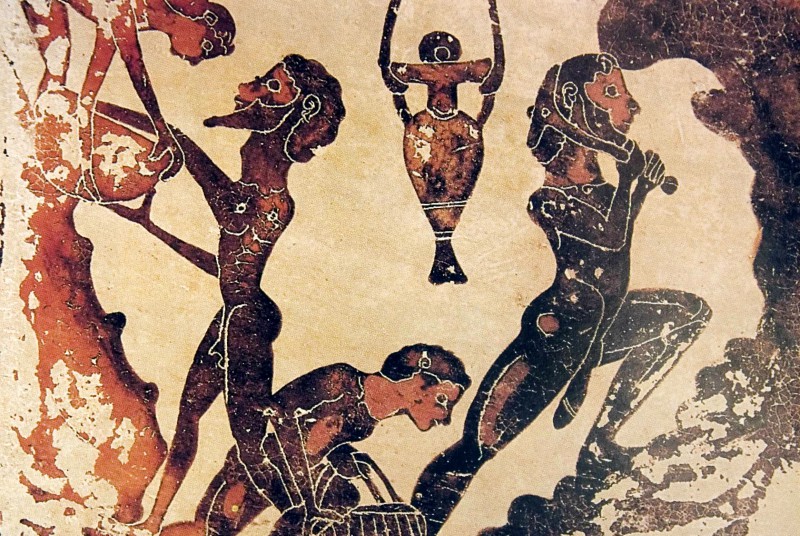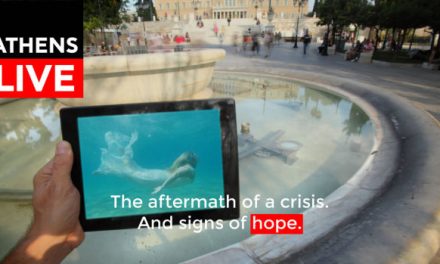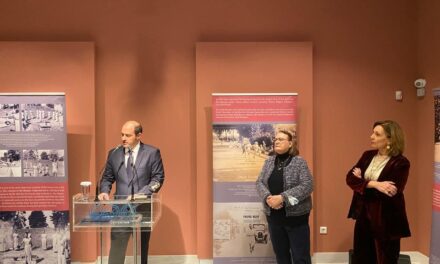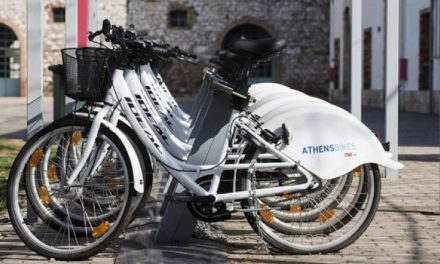Lavrion (or Laurium), located on the southeast coast of Attica, has been an area associated with mining since ancient times. It was an important extraction site for lead glance (Agriantoni 1993), especially during the “Golden Age of Athens” under Pericles in the fifth century BC. However, after the end of the Classical period, mining operations ceased for a long time. It was not until the 19th century that interest in Lavrion’s underground deposits revived. In fact, initiatives to assess and exploit Greece’s underground resources are documented since the founding of the Modern Greek state in 1830; Lavrion was obviously one of the first sites considered. However, it was not until the 1860s that mining initiatives began to materialise in Lavrion. According to Fotini Orfanou, growing interest in mining activities at the time should be understood within the context of the capitalist crisis of the last quarter of the 19th century, which led to strategies for the export of European capital in sectors with rapid profitability (2002).
In addition to that, the soil of the Lavrion region already contained large quantities of scoriae -by-products left over from the old mining activities (Agriantoni 1993, Orfanou 2002)- rich in minerals that could be easily refined by re-smelting. Following the introduction of favourable legislation, the Italian businessman Giovanni Battista Serpieri (1832-1897) took up an initiative to exploit those scoriae, based on his prior experience in the mines of Sardinia, and formed partnership with various investors. The company Serpieri – Roux Fraissinet C.E. was thus founded in 1864 based in Marseille, funded by investors from France, Italy, but also the Greek Diaspora (Orfanou 2002).
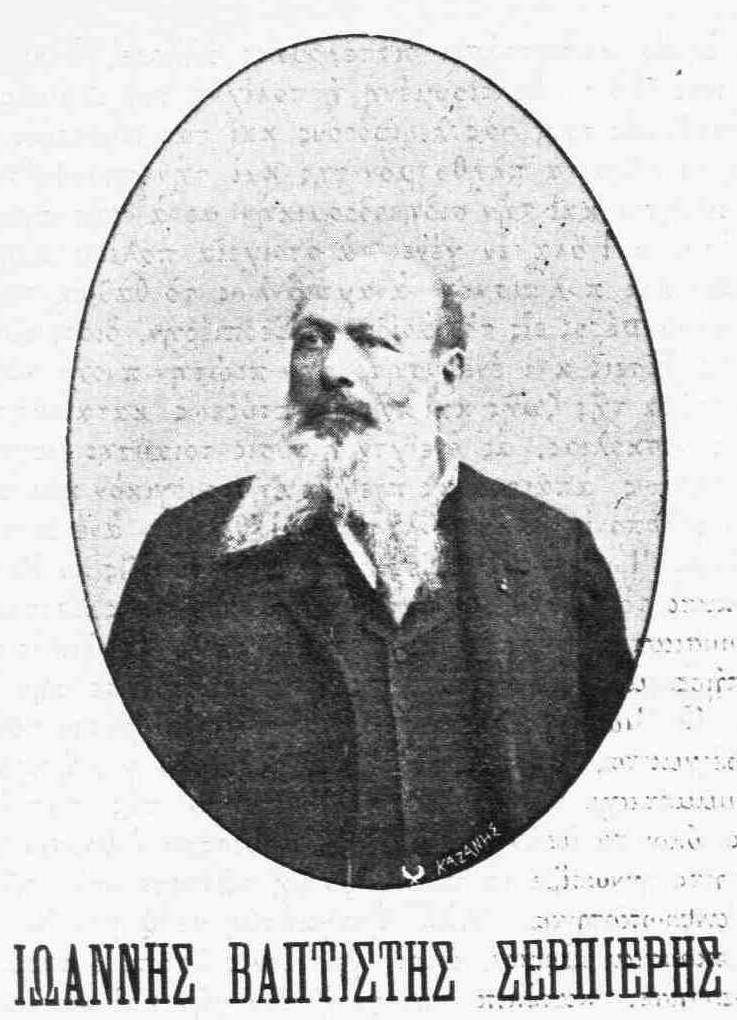 Giovanni Battista Serpieri (Source: Wikimedia Commons)
Giovanni Battista Serpieri (Source: Wikimedia Commons)
The “Lavreotika”
The success and profitability of the company inevitably led to expansion efforts; thus occurred, in 1870, the famous legal dispute between the company and the Greek State concerning the exploitation rights of the slags, meaning the waste material rich in minerals, left over by the ancient miners, who then considered them unusable. The slags were located near the mines and scoriae already being exploited. This legal dispute, which marked the start of the so-called “Lavreotika” (“The Lavrion affair”), also involved the French and Italian diplomatic delegations, which took a stand in favour of the company. The riches these slags were supposed to contain seemed to stimulate the popular fancy of the time. Eventually, this crisis led to the creation, in 1873, of a new company, the Greek Mining Company of Lavrion, funded by capital from the Greek Diaspora, with the participation of Andreas Syngros as a principal investor, and Serpieri as a technical expert). The market value of the new Company skyrocketed, but early on the company’s potential proved small, resulting in a financial collapse as well as an inevitable political crisis (Orfanou 2002).
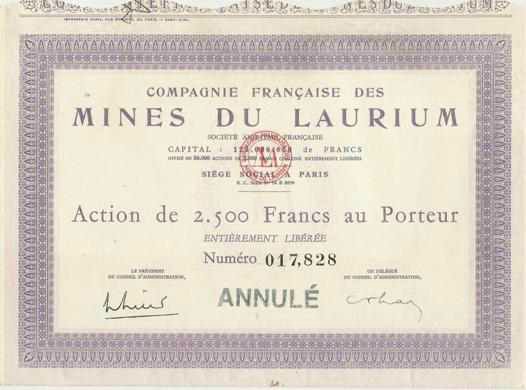 A CFML share (Source: Wikimedia Commons)
A CFML share (Source: Wikimedia Commons)
Intensification of mining: the case of the Compagnie Française des Mines du Laurium
The “Lavreotika” affair was not the end of mining activities in the region. In fact, throughout the last quarter of the 19th century there were various Greek and French investments and new mining companies were established, but later gradually absorbed by the two major firms, the Greek Company and the new, larger, Compagnie Française des Mines du Laurium (French Mining Company of Lavrion).
The CFML was established by Jean Baptiste Serpieri in 1875 in Paris, based on French capital, and experienced a rapid technological and economic expansion until the beginning of the 20th century. While the Greek Company concentrated its entire activity on the exploitation of the limited resources of scoriae and slags, and finally closed down in 1917, the CFML, equipped with more resources and funds, engaged in large-scale extraction and intensive processing activities for an extended period. However, World War I and international market volatility during the inter-war period marked the beginning the company’s eventual decline. Despite new initiatives of buyout and diversification well into the post-war period, it ceased its activities in 1982 (Orfanou 2002). The site of the company was developed into a Technological and Cultural Park on the initiative of the National Technical University of Athens in 1992.
On the margins of profit: labour, rapid urbanisation, and the attempt to create a company town in Greece
The development of mining activities and the imposing presence of the CFML and the Greek Company led Lavrion to become a major industrial city. Retracing the rapid success of these companies at the end of the 19th century, historical and economic analyses (Orfanou 2002, Papastefanaki 2017) reveal the fundamental significance of the main factor of production of value (and profit) in the mining sector: human labour. It is in this context that one can grasp the entrepreneurial dynamics of Lavrion in parallel with the work of thousands of workers in extremely difficult, and often fatal, conditions. The working population of Lavrion was formed as a result of migration (domesticor international, temporary or permanent), starting with the first miners of the Roux et Cie company in the 1860s. The population of Lavrion increased from 2,338 in 1861 to 20,810 in 1907 (Orfanou 2002). As Fotini Orfanou points out, the (male) workers of the two big companies in Lavrion totaled 9,500 in 1900, at a time when Piraeus, one of Greece’s major industrial centres, hosted no more than 20,000 workers (2002).
Apart from the size and rapid growth of the working population, the case of Lavrion is also stands out as the first attempt at establishing a “company town” in Greece. Company townsare places of permanent residence and socialisation, entirely created, organised and even managed by large employer-companies. In continental Europe, this model was originally set up at the beginning of the 19th century on the Franco-Belgian border, in the mining region of Grand-Hornu (Orfanou 2002, Papastefanaki 2017). In the case of Lavrion, the first steps in this direction were made during the foundation of the Roux et Cie company, with the building of the village Spaniolika ( “Spaniards’ district”) intended for Spanish migrant workers, specialised in the treatment of scoriae (Agriantoni 1993). Subsequently, other neighborhoods were gradually built, such as the so-called Italians’ district(“Italika”), the community of French employees with 500 members, and other neighborhoods and residential facilities, often organised on the basis of the Greek workers place of origin (as in the case of Santorineika), othertimes also resulting from the workers’ initiative and pressing needs (Orfanou 2002, Agriantoni 1993). This new urban space was clearly demarcated by class and professional hierarchies, as were the differences in housing conditions. At the same time, this urbanisation process managed by the two big companies went hand-in-hand with private investments in the region’s infrastructure, such as railways and port facilities, with the aim of increasing their rates of profit (Orfanou 2002). As far as politics were concerned, the first mayors of the city were executives of the two companies, while the symbolic footprints of this entrepreneurial paternalism are still evident in the city, as in the case of the statue in the city’s central square, in honour of Jean Baptiste Serpieri, founding shareholder and leader of the CFML (Papastefanaki 2017).
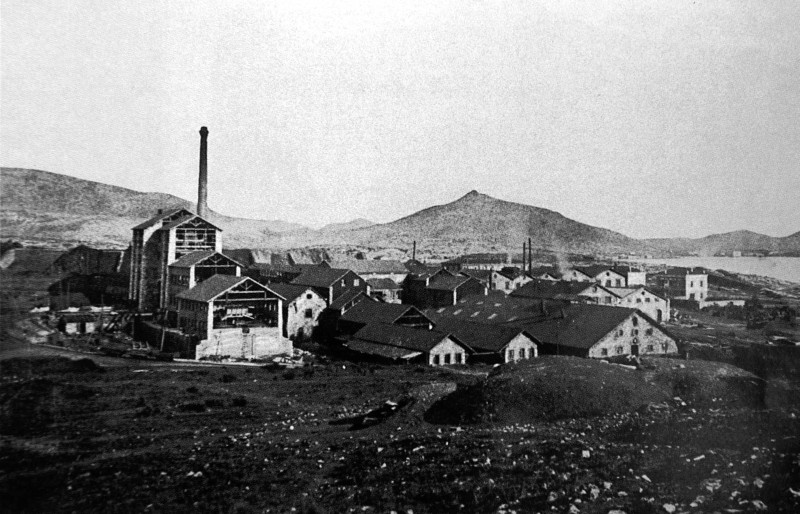 A factory belonging to the French Mining Company of Lavrion, around 1890 (Source: Wikimedia Commons)
A factory belonging to the French Mining Company of Lavrion, around 1890 (Source: Wikimedia Commons)
Inevitably, the company town of Lavrion was the site of numerous strikes and labour struggles throughout the mining economy, revealing the antitheses of economic development. Notable strikes took place in 1880, 1882-1883, 1887, 1891, 1895, 1896, 1906, and 1929, often leading to a bloody suppression (Orfanou 2002, Markouli-Bodioti 2008). More generally, it can be noted that the first cases of collective mobilisation reflected proto-socialist and anarcho-syndicalist tendencies, as well as an interesting and ambiguous intermixture beween specialised and often politicised foreign workers (ie. Italians), who were employed there during the first few years of mining operations, and Greek workers; later, an organised and massive labour movement emerged, backed by the Communist Party of Greece, especially during the great strike of 1929 (Orfanou 2002).
Multiethnicity, education and foreign languages
What also sets the company town of Lavrion apart is the fact that, from the first years of its existence, it had a distinctly multi-ethnic character. This does not only refer to the multinational structure of the capital invested in the region, but also to the various origins of the thousands of employees who arrived there to work, were they executives or engineers of the French mines (Papastefanaki 2016), specialised Spaniards in the recasting of slags (Agriantoni 1993), Italian specialised miners (Papastefanaki 2017), Magne port workers, miners of Milos (Orfanou 2002), Montenegrins, Albanians, Ottomans (Papastefanaki 2017), or others. It seems that the multiethnic composition of the population was much more distinct until the end of the 19th century.
This multiethnic coexistence, which sometimes mirrored class and professional divides, but not without interaction and intermixture, gave way to a multilingual environment with variant needs regarding multilingual education or even religious practices. CFML’s involvement was again decisive, as pointed out by Marina Vihou (2012) who describes the operation of the four schools run by the company, in addition to the 7 public schools and 2 other private schools in the region. These schools brought together pupils from Greek, French, Spanish and Italian families, from different religious and social backgrounds. Interestingly, one of these schools, aimed at the Italian and Catholic community, was apparently financed by the Italian state, actually bearing the name “Serpieri”. In short, the multilingual environment created in Lavrion at that time and the educational and institutional challenges that this entailed were reflected in the frictions and compromises between Greek authorities, administrators and teachers as archive research reveals (Vihou 2012).
The history of Lavrion still invites exploration by social scientists, as it displays original elements that can enhance our own perception on issues including economic development, social conflicts and multiethnicity.
* Originally written for our sister publication GrèceHebdo by Dimitris Gkintidis. Adapted into English by Nefeli Mosaidi. (Intro photo: Slaves working in a mine. Corinthian terracotta plaque painting, 5th century BC. [Source: Wikimedia Commons])
Read more via Greek News Agenda: Rethinking Greece: Christina Agriantoni on Greece’s industrial development and its future prospects; Louis Tikas: a Greek-American trade union hero; Labour Day in Greece; Discover Cape Sounion
TAGS: ECONOMY & DEVELOPMENT | HISTORY

